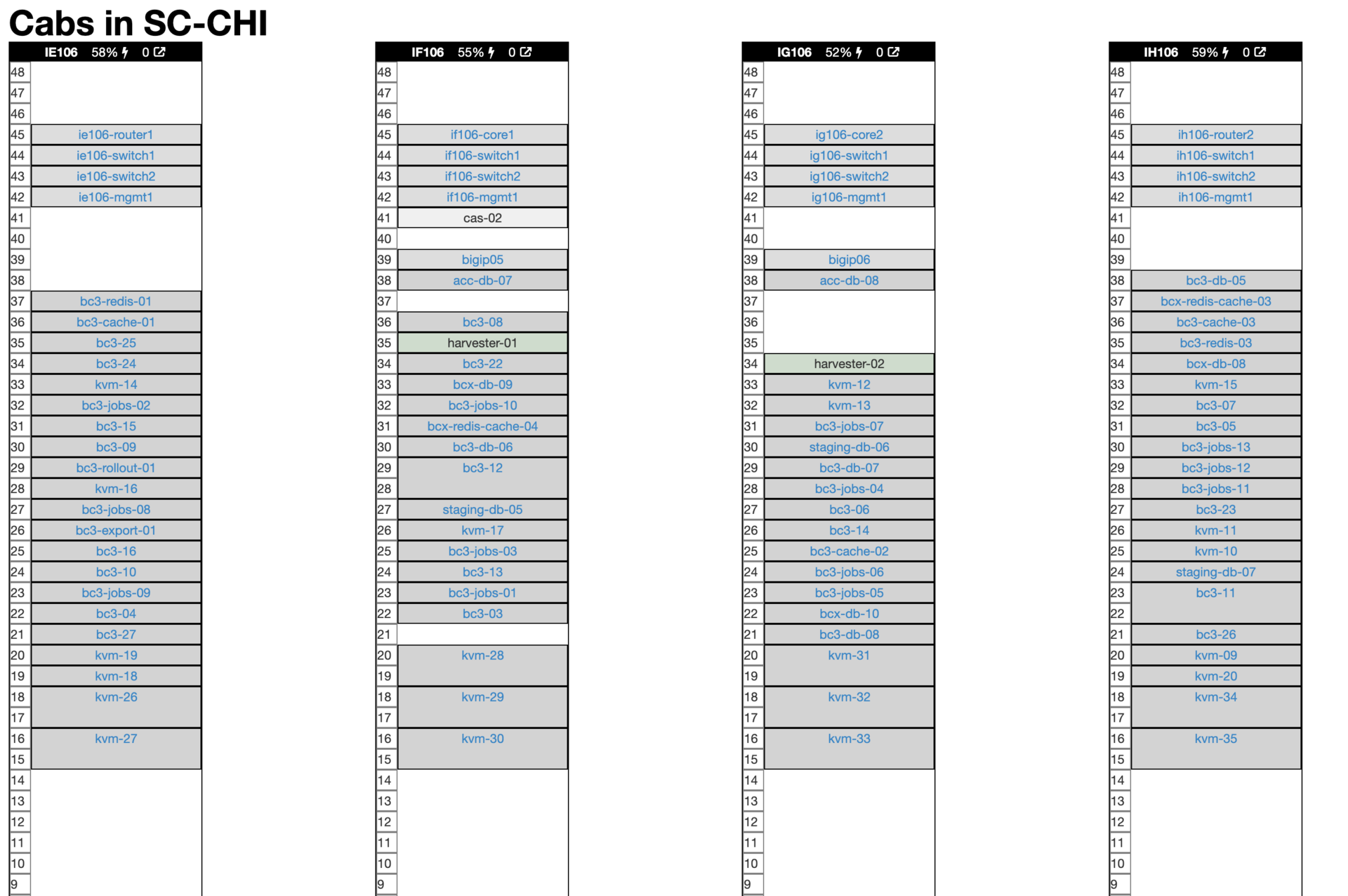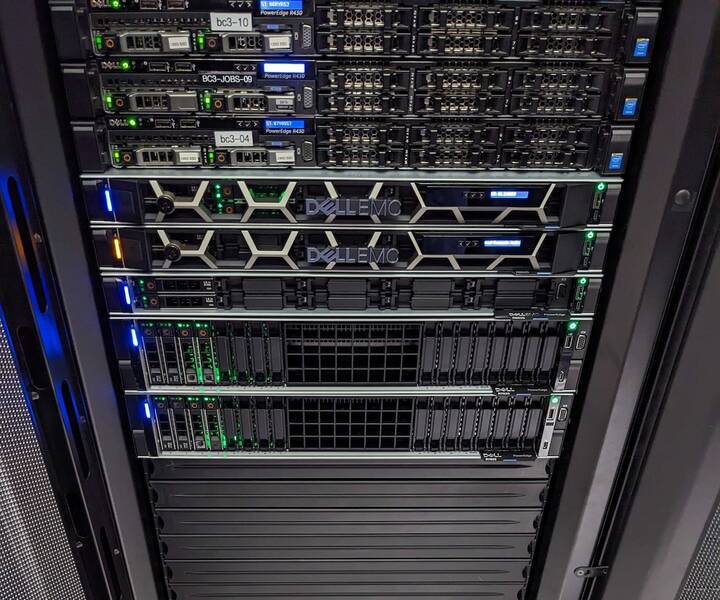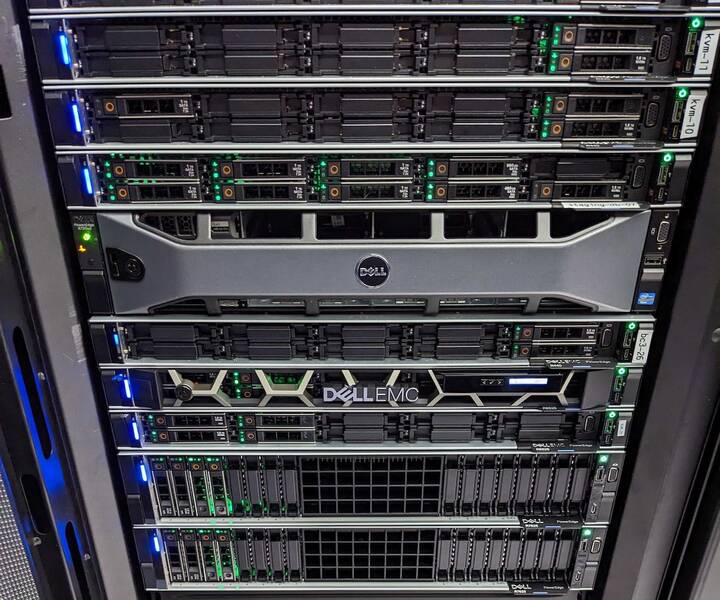Over the past few years, more organizations have gone all in with migrations to the public cloud. But for some “without a concrete strategy, it has led to some obvious challenges with respect to measuring the real value from their cloud investments,” says Ricky Sundrani, a partner in the pricing assurance practice at Everest Group.
Cut to one of the most significant concerns across enterprises today: rising cloud costs.
“Many enterprises are getting some unwelcome sticker shock surprises for their cloud services that are coming in much higher than estimated and blowing up the business cases they used to justify their program in the first place,” says Andy Sealock, senior partner in the advisory and transformation practice at West Monroe.
While inadequate planning at the start of the cloud journey is a major driver of this disconnect, there are plenty of others: limited visibility into cloud consumption and patterns, unchecked cost leakage, cloud sprawl, lack of workload optimization, and weak demand management policies, to name a few. More than two-thirds of organizations are not realizing the full value of their cloud investments, according to an Everest Group survey of CIOs.
0 of 30 secondsVolume 0%
The business case for cloud remains the same: greater scalability, increased efficiency, better data security, increased reliability and resilience — and, potentially, lower costs. But realizing those benefits requires deliberate and active management of cloud deals.
There are a number of actions IT leaders can take to maximize the value of their current and future cloud investments, from well before partners are narrowed down to long after the contracts have been signed.
The following dozen tips are worth adopting.
1) Assemble a cross-functional cloud team
One of the biggest missteps when pursuing cloud opportunities is failing to make these cross-functional efforts from the top down.
“When cloud transformation is driven by a CXO office without close involvement of business units and development teams, finer nuances are missed, leading to ineffective cloud adoption from a cost and efficiency perspective,” says Mukesh Ranjan, vice president of IT services at Everest Group.
IT leaders should assemble a team with representatives of all key stakeholder groups during the planning stages of the cloud transformation journey, Ranjan says. A 2022 PwC survey found that companies that were achieving transformational benefits from the cloud and reporting fewer barriers to value typically involved five or more functions at the start of their cloud projects. Doing so later on in migration, though less ideal, is still an option to ensure that 360 degree view of enterprise cloud requirements and usage.
2) Define baselines and (realistic) expectations
Too many organizations lack a full understanding of the benefits they expect to gain from the cloud vis-à-vis their existing environment. That requires assessing the value of the current environment, the value they seek from cloud adoption, and timelines for achieving that value. Only then can they select the providers, solutions, and expertise that best align with their cloud goals, says Ranjan.
It’s important to take off the rose-colored glasses during this process. “IT leaders must be realistic in how much of their premise-based compute footprint can be migrated to the cloud and how quickly this can happen,” says Sealock.
3) Build a full business case
During the pandemic, many organizations rushed to the cloud — and for obvious reasons. But migrating to the cloud without a well-thought-out business case is not an optimal strategy. A hurried lift-and-shift approach typically results in increased costs over the long term. During a migration frenzy, companies can take shortcuts that result in technical debt that dilutes the impact cloud transformation can have.
“Think of cloud as a modernization journey and not just a migration,” Ranjan advises. “Undertake application modernization initiatives such as refactoring, rearchitecting, replatforming, and replacing as needed to optimize applications running on cloud.”
4) Analyze (and negotiate) cloud contract terms upfront
Many IT leaders lack the relevant market data required to conduct informed negotiations with cloud vendors.
“This could be pertaining to expected discounts, more favorable terms and conditions offered to certain buyers, and better transformation timelines, among other things,” says Sundrani.
Marina Aronchik, a partner in the law firm Mayer Brown’s technology and IP transactions practice, recommends accounting for the terms in cloud agreements as part of the broader evaluation of potential cloud solutions and providers.
“In the current economic environment, customers may have a unique opportunity to secure more flexible and favorable contractual terms,” Aronchik says. “To do so, IT organizations should build time into the process for reasonable engagement with several cloud providers on a competitive basis, or a single cloud provider with a reasonable opportunity to pivot to an alternative solution if needed.”
5) Read the fine print
The value of a cloud contract is not fully represented in the fee schedule. What the customer may assume to be “permitted use,” the cloud provider may deem “excess use” or an “overage.”
“To maximize total value of a cloud contract, IT leaders should look for contractual and technical clarity on the metrics that are used to calculate relevant fees, reliable tools for monitoring consumption, and the methodology for addressing actual or potential excess use,” says Aronchik.
6) Beware of minimum commitments
It can be tempting to agree to certain volume or spending levels to secure deeper discounts for ongoing cloud usage. But it’s one of the leading causes of stranded value in cloud contracts.
“It’s important to not overcommit on the minimum commitments,” Sealock warns. “This often depends on an enterprise being able to accurately predict how much of their premise-based footprint they can actually migrate to the cloud and at what rate.”
If an IT organization runs into issues that delay or prevent moving on-premises systems to the cloud, and thus miss a minimum commitment, there will be costs involved. “Longer term commitments, use of ‘sticky’ native services may drive larger contract discounts but also impact your technology plans,” says Sealock.
7) Leave no cloud stones unturned
There are a number of internal factors that can impact cloud value realization. “Challenge your IT department to pull all levers for efficient cloud usage,” advises Sealock. There may be an opportunity to refactor applications to make them more efficient users of cloud resources, adopt cloud native services instead of lifting and shifting existing system to IaaS, or move to SaaS options as part of ongoing application rationalization.
Increasing the focus on application modernization is crucial to extracting the full value of cloud, says Ranjan.
8) Invest in a cloud management platform
Real-time visibility across the cloud environment goes a long way in preventing unexpectedly huge bills from cloud providers. But “cloud pricing and ordering options are at a sufficient level of complexity that it is beyond the capacity of a ‘smart person with a spreadsheet’ to manage effectively,” says Sealock.
There are numerous cloud cost management tools on the market from established players and startups alike. These tools should have real-time interfaces to the cloud service providers’ pricing engines and be able to automatically match the enterprise’s cloud usage patterns with the right cloud services (e.g., IaaS, PaaS, native) and configurations (e.g., service instance type/size, storage tier). Sealock advises evaluating multiple platforms, looking for the following attributes:
- Financial (in addition to technical and operational) management capabilities
- Integration with automation tools for orchestrating technical deployments
- Capacity to pull usage from both cloud and on-premises environments
- Ability to model what on-premises environments would look like (and cost) on multiple clouds
- Engineering support to ensure the tools remain properly configured over time
9) Secure scarce cloud management talent
“Cloud pricing can be very complex and dynamic and is highly dependent on usage,” says Sealock. Without the proper governance, unnecessary costs can quickly accumulate. Adopting a cloud management platform is step one, but these tools are themselves complex. IT leaders must also recruit technology professionals who know how to use cloud management platforms to continually refine cloud service usage to meet enterprise SLAs at the lowest costs.
Enterprises are seeing premiums for cloud skills outpacing those for standard IT infrastructure skills, according to research by Everest Group.
“Cloud expertise is in short supply, but without in-house experience it is difficult to avoid the wasteful pitfalls,” Sealock says. “Invest in the people to use the cloud tools properly who can also design the policies, processes, and procedures of a cloud governance framework.”
In some cases, IT leaders will create a cloud center of excellence that can be leveraged across multiple lines of business.
10) Get serious about demand management
Ease of use and self-provisioning are two of the big benefits of using the cloud, but they also open the door to unmitigated (and sometimes invisible) cloud sprawl. IT organizations must create and communicate clear policies and processes for cloud demand management.
“Training can be used to increase the socialization of the policies and processes to users, but good compliance also requires those policies to be enforced within the programmed workflow of the tools,” says Sealock, who suggests putting some teeth into demand management. “Communicate top down that there will be smart constraints on cloud usage that will be reinforced via training but also codified in the workflow of their systems.”
11) Address overruns right away
Some IT organizations may view cost overruns as inevitable. But ignoring them is a mistake. “They do not get better on their own,” says Sealock. “It takes action to change the dynamic.”
Unexpected — or worse, inexplicable — cloud costs are a red flag. Understanding the root cause of the usage and addressing it as soon as possible is important. “You do not want to discourage cloud usage, but you must insist that the usage be smart, deliberate, and cost-effective,” Sealock says.
12) Continuously monitor and measure cloud value
Having clearly defined SLAs to measure performance against expected value is crucial. “Unless enterprises have a well-built process to continuously monitor and measure value against their stated goals, they will slip off in their transformation journey,” says Ranjan.
Cloud vendors, consultants, and other partners are likely to keep pushing more cloud, but its critical for IT leaders to periodically re-evaluate the cloud march to ensure the organization can achieve the intended value.
by Stephanie Overby















